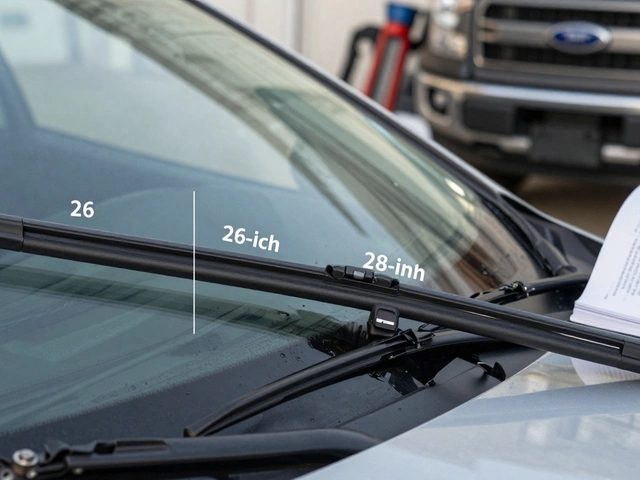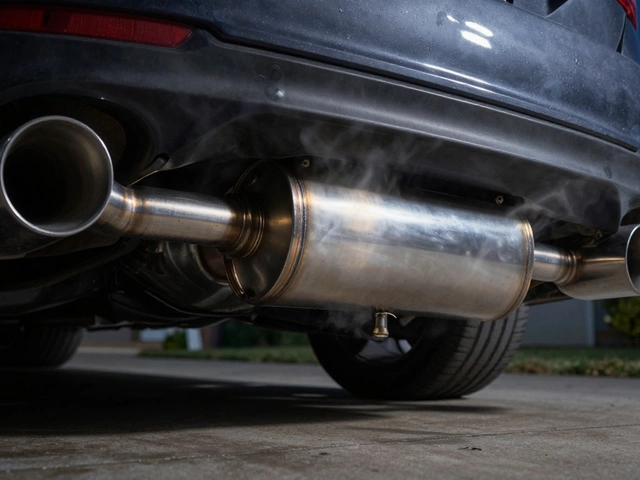Spark Plug Issues: Signs, Causes, and What to Do Next
When your car sputters, stalls, or loses power out of nowhere, it’s often not the fuel pump or battery—it’s the spark plugs, small but critical components that ignite the air-fuel mixture in your engine’s cylinders. Also known as ignition plugs, they’re one of the most overlooked parts in routine maintenance, yet they directly control how efficiently your engine runs. Skip replacing them for too long, and you’re not just wasting fuel—you’re slowly damaging your engine, catalytic converter, and even your wallet.
Spark plug issues don’t always scream for attention. Sometimes they whisper: a slight hesitation when you press the gas, a rough idle at a stoplight, or the check engine light flickering on and off. These aren’t just annoyances—they’re warning signs that the spark isn’t jumping right, and your engine is misfiring. A misfire means unburned fuel is getting pushed into the exhaust, which can overheat and ruin your catalytic converter. That’s a repair that costs five times more than a set of new spark plugs. And if you keep driving, you’ll see your fuel economy drop by 15% or more. You’re not saving money by waiting—you’re paying more at the pump and in repairs.
What causes these problems? It’s usually age, carbon buildup, or poor-quality parts. Most manufacturers recommend replacing spark plugs every 30,000 to 100,000 miles, depending on the type. Copper plugs wear out faster. Platinum and iridium last longer but still fail eventually. Oil leaks, overheating, or using the wrong plug type can also fry them. And here’s the thing—many drivers think their car’s poor performance is due to bad fuel or a dirty air filter. But when you check the plugs, you often find they’re blackened, cracked, or covered in gunk. That’s the real culprit.
It’s not just about replacing them. You need to know what to look for. Are the electrodes worn down? Is there a white, chalky crust? That’s overheating. Black, oily deposits? That’s an oil leak. A cracked ceramic insulator? That’s a dead plug. These aren’t guesswork problems—they’re visual diagnoses you can make with a simple socket and a little patience. And if you’ve noticed your car struggling to start in the cold, that’s another classic sign. Cold weather makes ignition harder, and worn plugs just can’t keep up.
Some people try to clean old spark plugs with sandpaper or wire brushes. Don’t. You’ll scratch the electrodes, change the gap, and make things worse. Spark plugs are precision parts. If they’re worn, they need to be replaced—not fixed. And don’t just grab the cheapest set at the auto store. Match the heat range and thread size to your car’s specs. A mismatched plug can cause more damage than a worn one.
What you’ll find in the posts below are real, practical guides on spotting spark plug issues before they wreck your engine. You’ll learn how to check them yourself, what the symptoms really mean, and how to avoid common mistakes that lead to expensive repairs. Whether you’re dealing with a rough idle, poor acceleration, or a check engine light that won’t go away, the answers are in the plugs. And once you know what to look for, you’ll never ignore them again.





